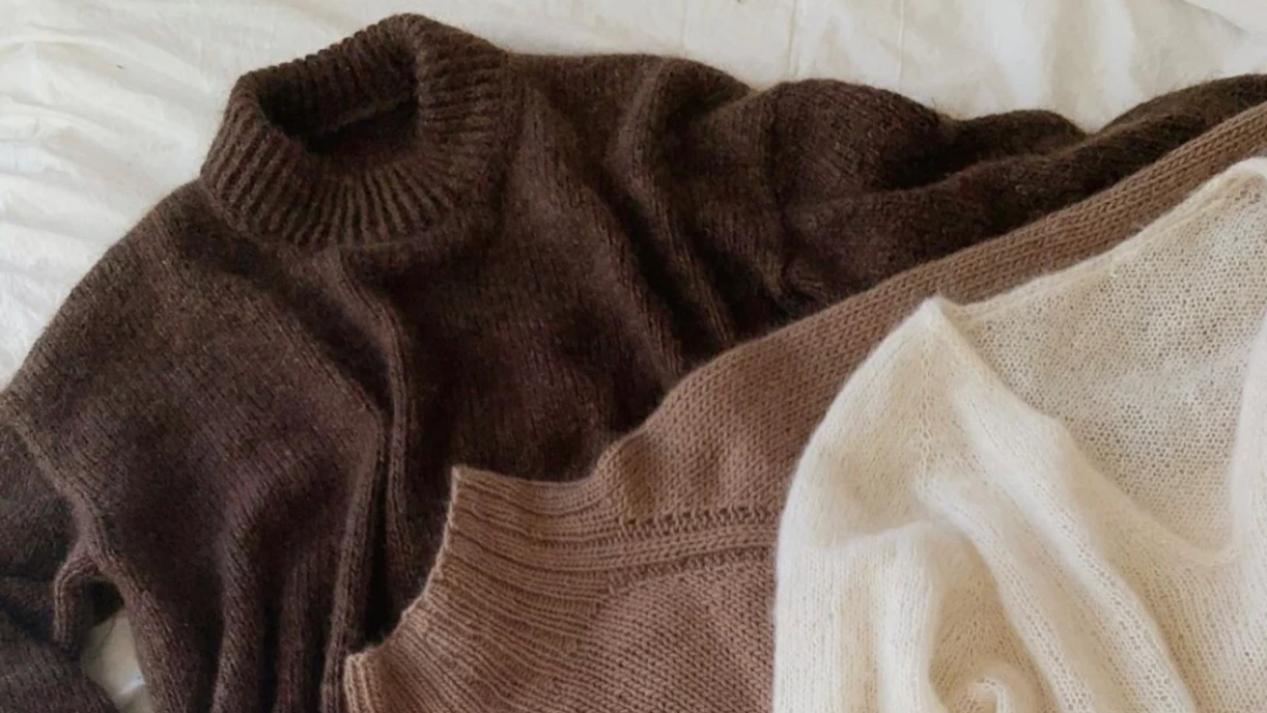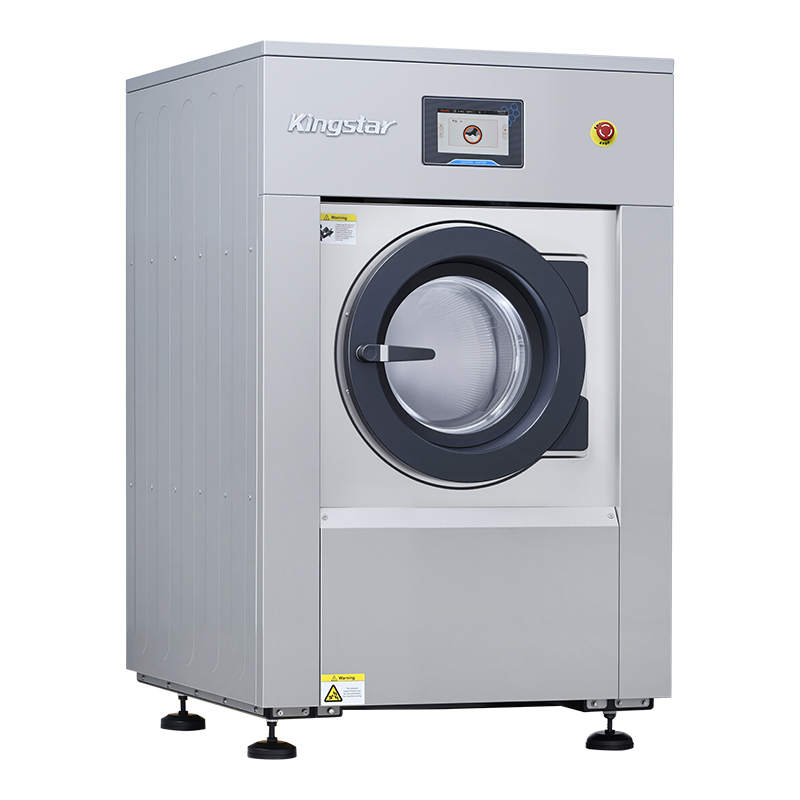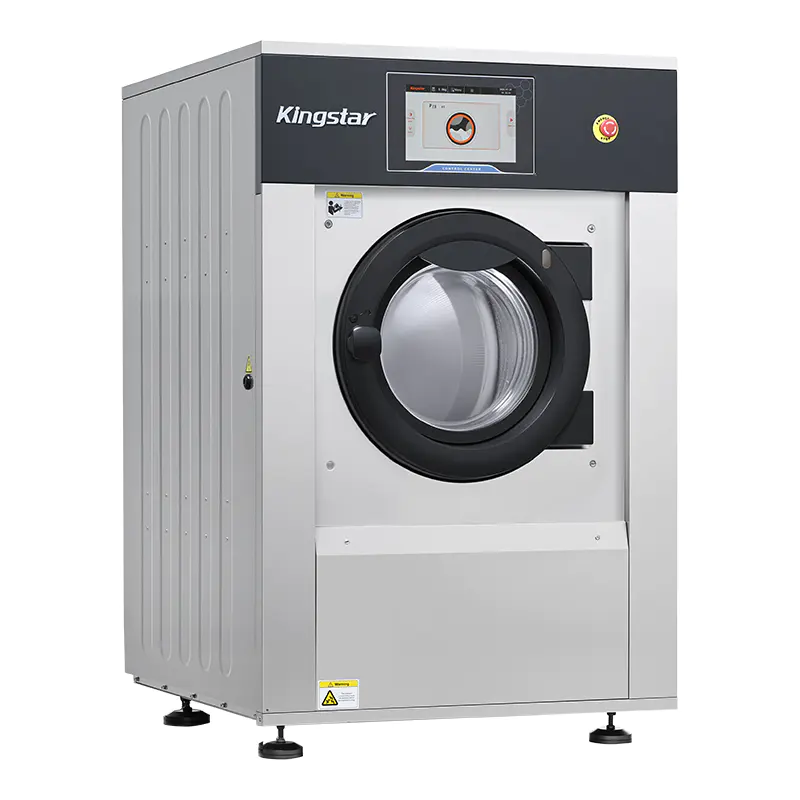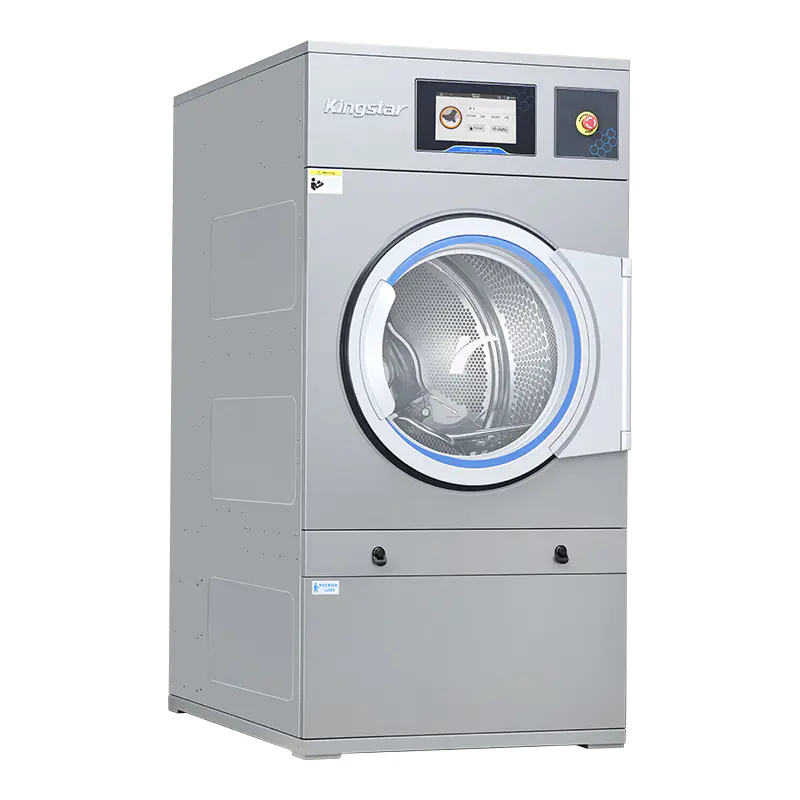
Why Mould on Laundry? Safe Storage for All Fabrics — To Customers
In daily services, laundry shops occasionally encounter inquiries or even complaints from customers: Why do the clean clothes they bring back from the laundry shop develop mold spots after a period of time? This is not a simple inquiry, but a crucial moment for us to proactively improve service value and build customer trust.
First of all, laundry shops need to make it clear to their front-line staff that the root cause of the vast majority of such cases is not any oversight in the cleaning process (standard procedures have ensured the absolute cleanliness of the clothes when they leave the store), but rather that after the customers retrieve the clothes, the improper storage environment (being damp/poorly ventilated) leads to the accumulation of moisture and the growth of mold. As professional service providers, their role should not be limited to washing clothes, but also to becoming the clothing care consultant for our clients. Proactively informing customers of scientific storage knowledge can effectively prevent problems from occurring, which will be an important step for us to move from “laundry workers” to “care experts”.
Key Storage Tips for Fur Clothing After Cleaning
● Do not cover with laundry-specific plastic bags or plastic sleeves.
● Avoid crowding and leave sufficient space.
● Place mothballs wrapped in paper in the clothing pockets for mothproofing.
● Do not place heavy objects on folded fur clothing.
● Before the rainy season, take out the clothing to air and sun-dry 1-2 times for ventilation and moisture removal, preventing mildew and moth damage.
Key Storage Tips for Wool Coats After Cleaning
● Laundry shops should ensure woolen garments are thoroughly cleaned (usually dry-cleaned) before storage. If hand-washed, dry them completely first. When air-drying, turn the garment inside out to avoid direct sunlight.
● Hang woolen garments on hangers in the upper part of the wardrobe. Plush woolen garments, in particular, are sensitive to heavy pressure.
● Store the garment inside out to prevent weathering, fading, moisture, and moth damage.
● To repel moths, place Chinese prickly ash wrapped in gauze in the wardrobe.
Key Storage Tips for Cashmere Sweaters After Cleaning
● Cashmere is a protein fiber, prone to moth damage. Regardless of how many times it’s worn, clean it thoroughly before storage.
Fold it → place it in a bag → add moth repellent → store it in a well-ventilated, dry place. (Never hang it to avoid deformation from hanging)
● The surface of cashmere sweaters is covered with yarn fibers protruding from the fabric structure, making the hand feel soft. This is called the “fulling process.” Without it, the hand feel is poor, so a thin layer of fuzz on the cashmere surface is necessary.
Due to the fine texture, high curvature, softness, and smoothness of cashmere fibers, the fuzz on the surface easily tangles when rubbed against the sweater. This is pilling. When pilling occurs, simply removing it gently with a depiller or copper wire brush will not affect the wearing effect. Pulling, tugging, or picking at the pills will damage the fibers and cause broken yarn, loose stitches, unraveling, or even holes. If these issues arise, laundry shops should use the attached spare yarn and seek professional repair services or contact the manufacturer.
● Fold the sweater, place it in a bag, and lay it flat. Never hang it to prevent stretching deformation. Do not mix it with other products in the same bag.
● Store in a dark, well-ventilated, dry place. Pay attention to moth prevention: wrap mothballs in tissue paper (or cloth bags) and place them in the wardrobe (avoid direct contact with the moth repellent).

Key Storage Tips for Down Jackets After Cleaning
● Regardless of how long it’s worn, clean and fully dry the down jacket before storage.
● Wrap it in a breathable item (e.g., a storage bag) and place it in a dry wardrobe. Do not put heavy objects on top.
● During the rainy season, take the down jacket out to air-dry to prevent mildew. If mildew spots are found, immediately wipe them with a cotton ball dipped in alcohol-ammonia solution, then wipe repeatedly with a clean, damp towel. Store it properly after it’s completely dry.
● Do not use mothballs for down jackets. Instead, place 2-3 packs of moisture-absorbing powder (quicklime).
Key Storage Tips for Suits After Cleaning
● Wear a suit for one day and hang it up to rest for one day, or iron it after wearing for several days. Prepare two suits for rotation.
● Do not lie down in the suit, do not place it on the chair back, do not put heavy items in the inner pockets, and always hang it on a hanger.
● For storage and maintenance, first send the suit to a laundry to remove dirt and clean it thoroughly. Hang it in a dry, well-ventilated place with low humidity and take mothproof measures.
● Use a special suit hanger for storage. (preferably a wide-handled arc-shaped one made of wood or plastic) For trousers, use a special hanger with clips to align the creases, clip the cuffs, and hang them upside down.
● Simple Wrinkle Removal for Suits
Before wearing a suit that has been worn for a long time or stored in the wardrobe, hanging it in a low-humidity place can help the fibers recover. However, high humidity will affect the shaping effect. Generally, wool suits placed in an environment with 30% relative humidity overnight can remove light wrinkles. Never leave it for more than 24 hours to prevent mildew and moth damage.
Key Storage Tips for Pure Cotton Clothes After Cleaning
● Before storage, send the clothes to a laundry shop for thorough cleaning to remove sweat and dirt. Ensure it is completely dry to avoid mildew and deterioration during storage. Cotton fabrics absorb moisture easily, so they should never be stored in damp places. Place moth repellent in wardrobes or suitcases for mothproofing. Regularly inspect, ventilate, and air-dry the clothing during storage.
● For fleece cotton clothing, avoid pressure and fluff flattening when folding. Hang it up for storage to prevent affecting the appearance and wearing effect.
● For pure cotton outerwear dyed with sulfur dyes, especially dark colors like navy blue, black, and indigo, buy them according to the season and wear them promptly after buying. Long-term storage will make the fabric brittle, reduce its durability, and shorten the service life of the clothing.
Conclusion
Passing on this professional storage guide (which can be made into small cards or electronic versions) to customers as a value-added part of laundry services is far more meaningful than resolving a potential dispute. It represents professional care throughout the entire lifecycle of clothing care. When customers realize that a laundry shop focuses not only on cleaning their clothes thoroughly but also on helping them maintain the best condition for a long time, the laundry shop will build invaluable professional trust and brand loyalty.
From today, when delivering clothes to customers, let’s add a warm reminder: “Hello, your clothes are ready. We recommend keeping your wardrobe dry and well-ventilated at home. Here is our ‘Scientific Clothing Storage Tips’ for your reference.” This small gesture will surely become a powerful soft power for our laundry to win word-of-mouth and stand out from competitors.
As the professional brand for producing commercial and industrial washing machines, commercial and industrial dryers, Kingstar always stand together with the laundry shops and deeply understand that delivery of clean clothes is just the starting point of the service, not the end. Kingstar equipment reduces residual moisture in clothes during the washing process through precise temperature control and efficient dehydration and ensure all clothes are in the best drying state when they leave the store by virtue of uniform drying technology. This also reduces the risk of mold from the source for the subsequent storage process. Kingstar use professional equipment solutions to guarantee the service quality of laundries. This helps laundries ensure the cleanliness of clothes through standardized washing and care processes, and make them more confidently convey scientific storage knowledge to customers.
ADD:No.388 Xinggang Road, Chongchuan District, Nantong City, 226000, Jiangsu Province, China.
-
Phone: +86-13917089379
-
Tel:+86-13917089379
-
Fax:+86-0513-85663366
-
E-mail:[email protected]








